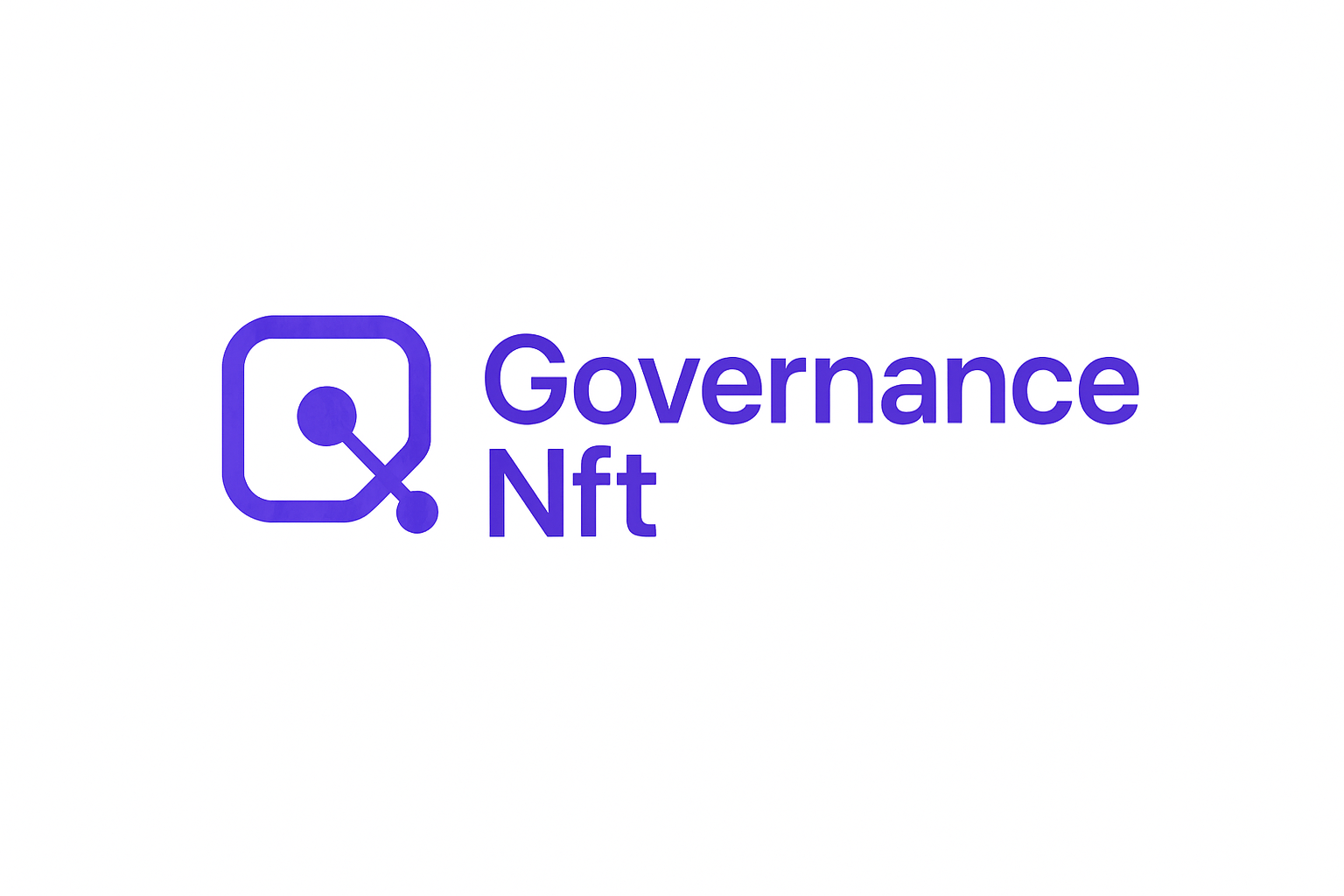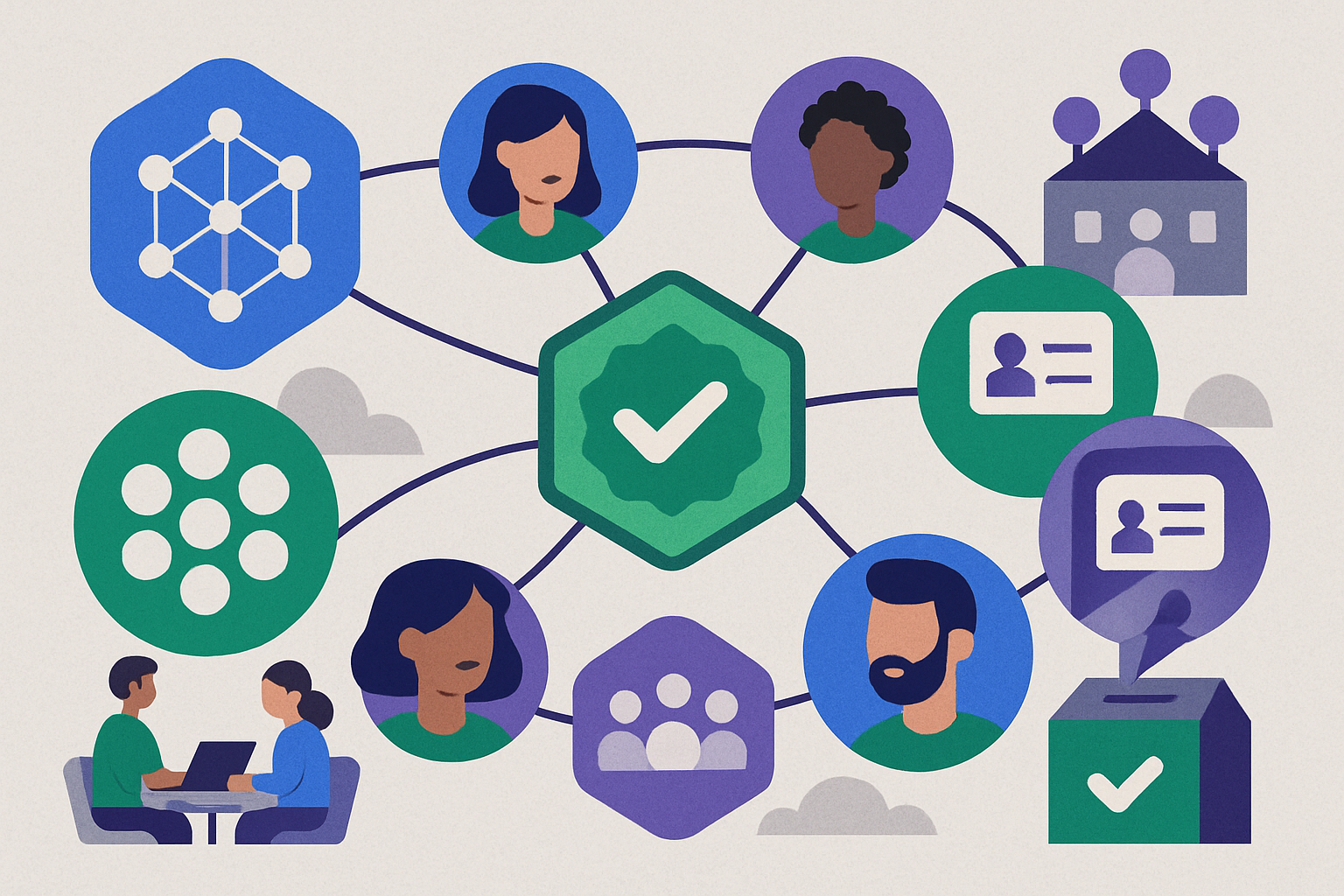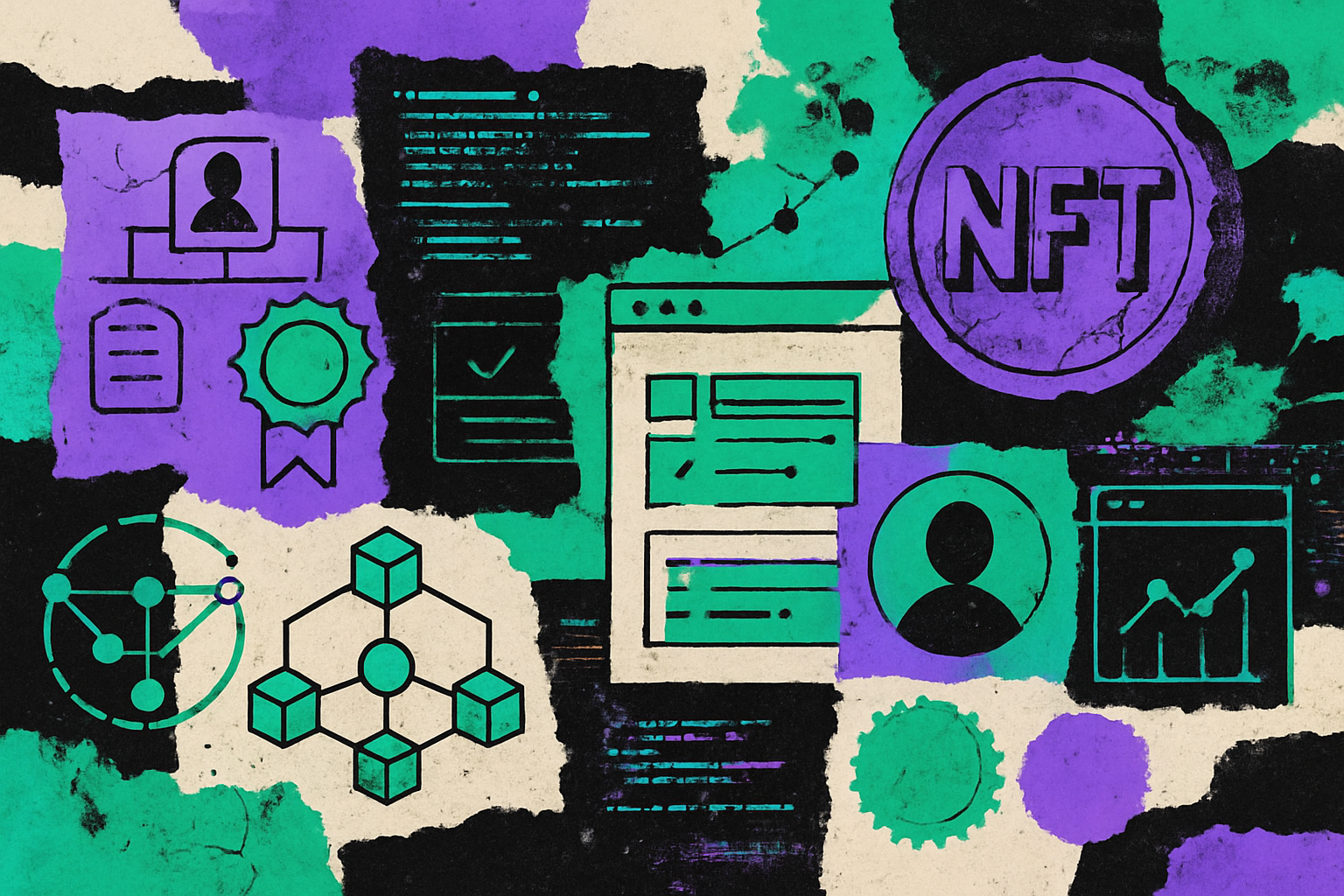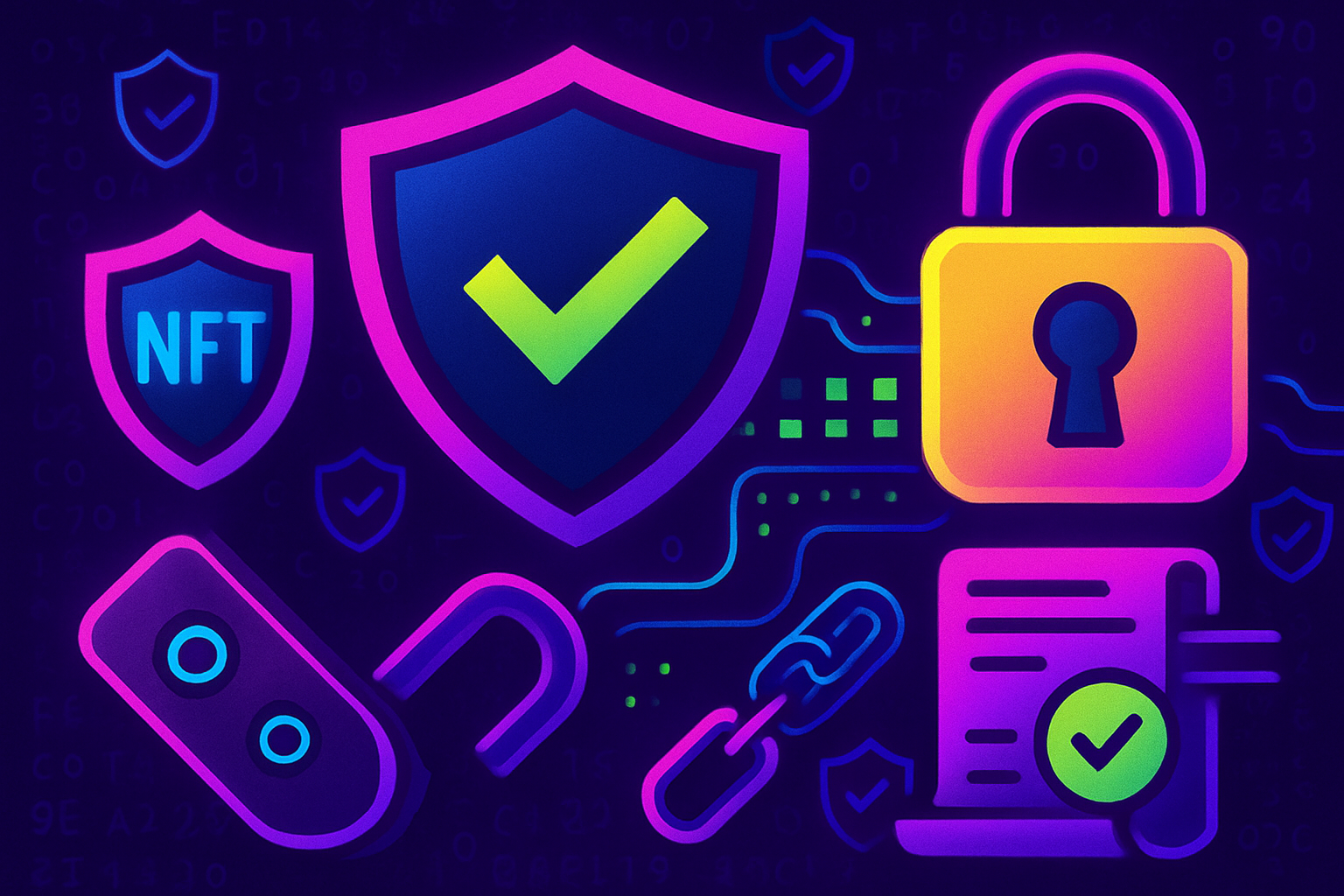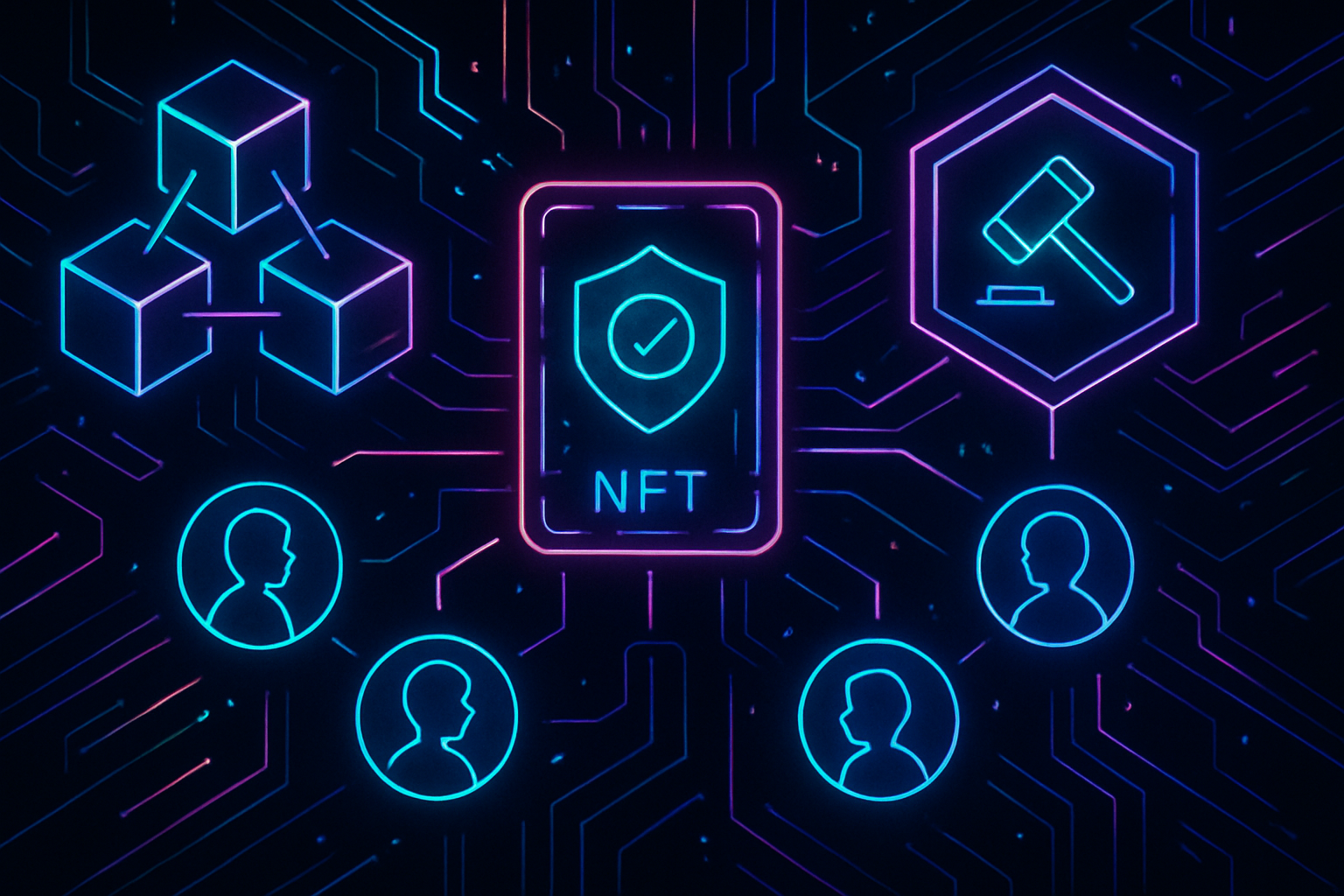
Decentralized Autonomous Organizations (DAOs) are rewriting the rules of community governance, and NFT badges have become the linchpin for recognizing contributions and distributing voting power. In a world where transparency and meritocracy matter more than ever, DAO NFT badges are bridging the gap between participation and influence with verifiable, on-chain proof of engagement.

NFT Badges: The Digital DNA of DAO Reputation
Forget static leaderboards or spreadsheets. Governance NFT badges act as living credentials that evolve alongside each member’s journey. Whether you’re coding a new smart contract, moderating discussions, or organizing community calls, these badges visually document your contributions in real time. The result? An immutable record that not only motivates members but also builds trust within the DAO.
Here’s how DAOs are leveraging NFT badges to track and showcase contributions:
Key Ways DAOs Use NFT Badges for Governance & Engagement
-
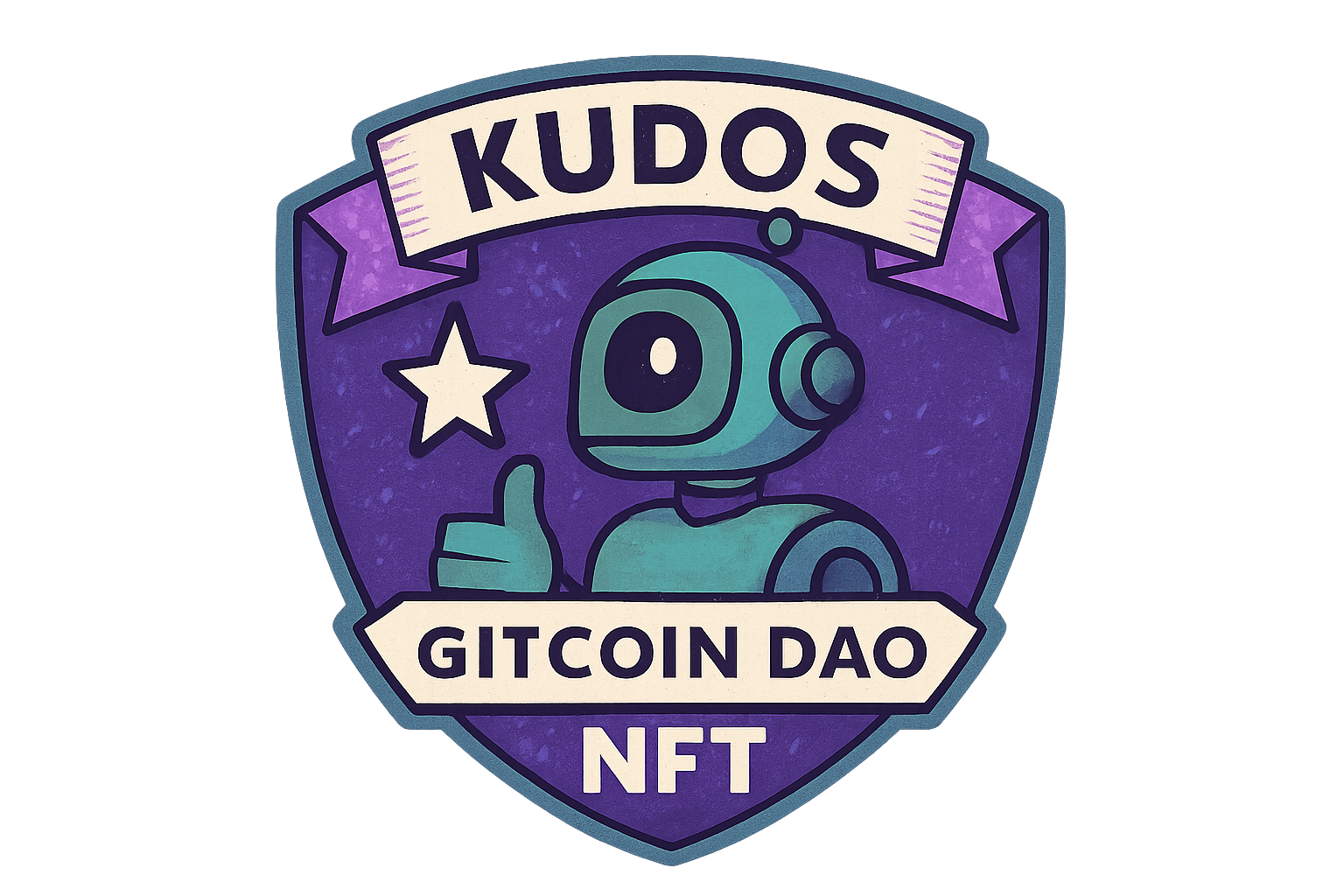
Recognizing Member Contributions: DAOs award NFT badges for actions like coding, moderating, or project management, creating a transparent and immutable record of each member’s impact. Example: Gitcoin DAO’s “Kudos” NFTs for open-source contributors.
-
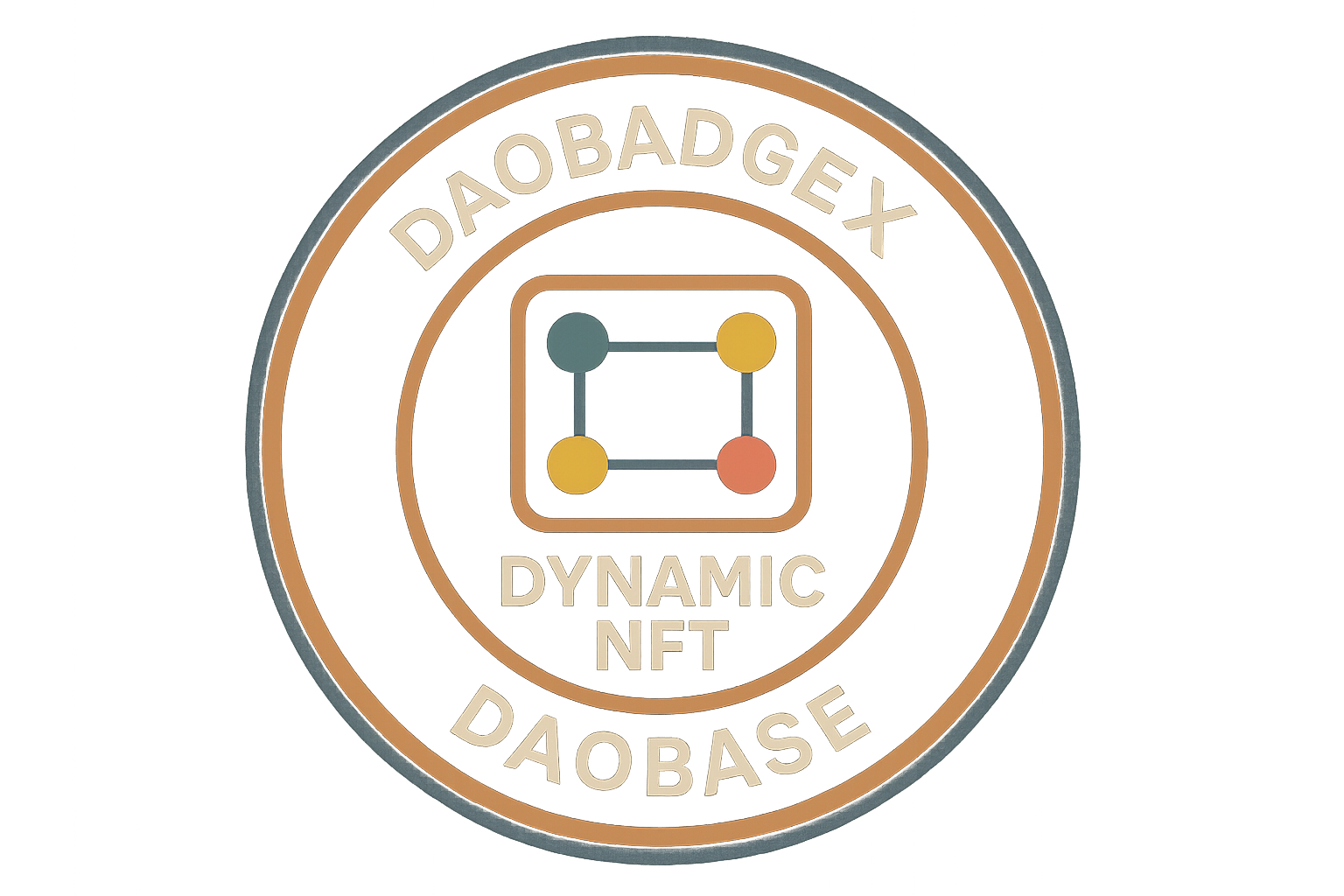
Assigning Role-Based Voting Power: NFT badges can grant varying levels of voting rights based on a member’s role or reputation, ensuring that influence aligns with real participation. Example: Dynamic badges in DAOBadgeX by DAOBase reflect evolving roles and governance power.
-
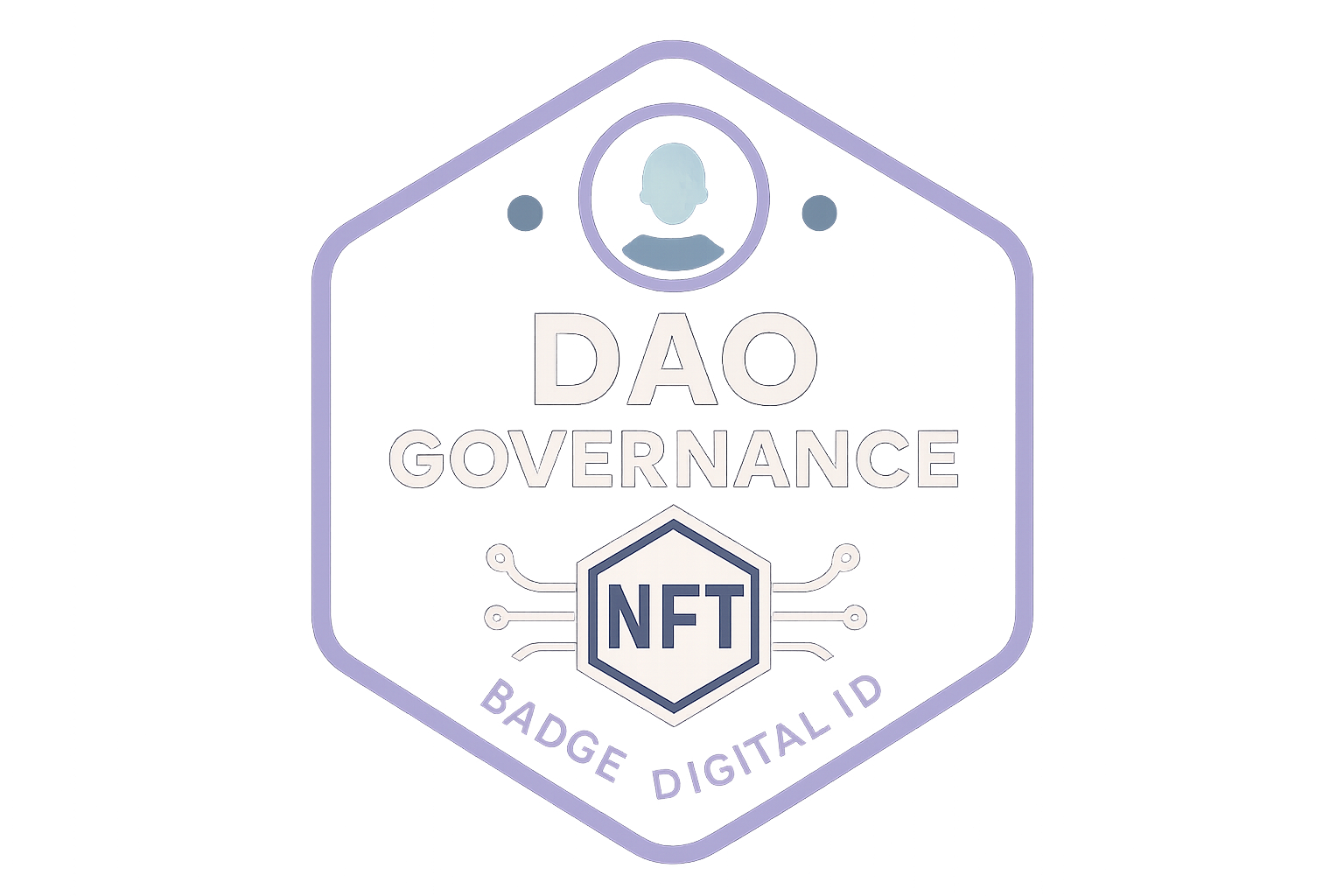
Unique Member Identification: Governance NFT badges act as digital IDs, preventing duplicate or fraudulent participation and enabling pseudonymous yet verifiable engagement within the DAO.
-

Boosting Engagement & Community Trust: Collectible NFT badges motivate members to stay active and contribute, while also building trust by making achievements visible to the entire community. Example: Bankless DAO’s “Bankless Badge” NFTs for event participation and project support.
-
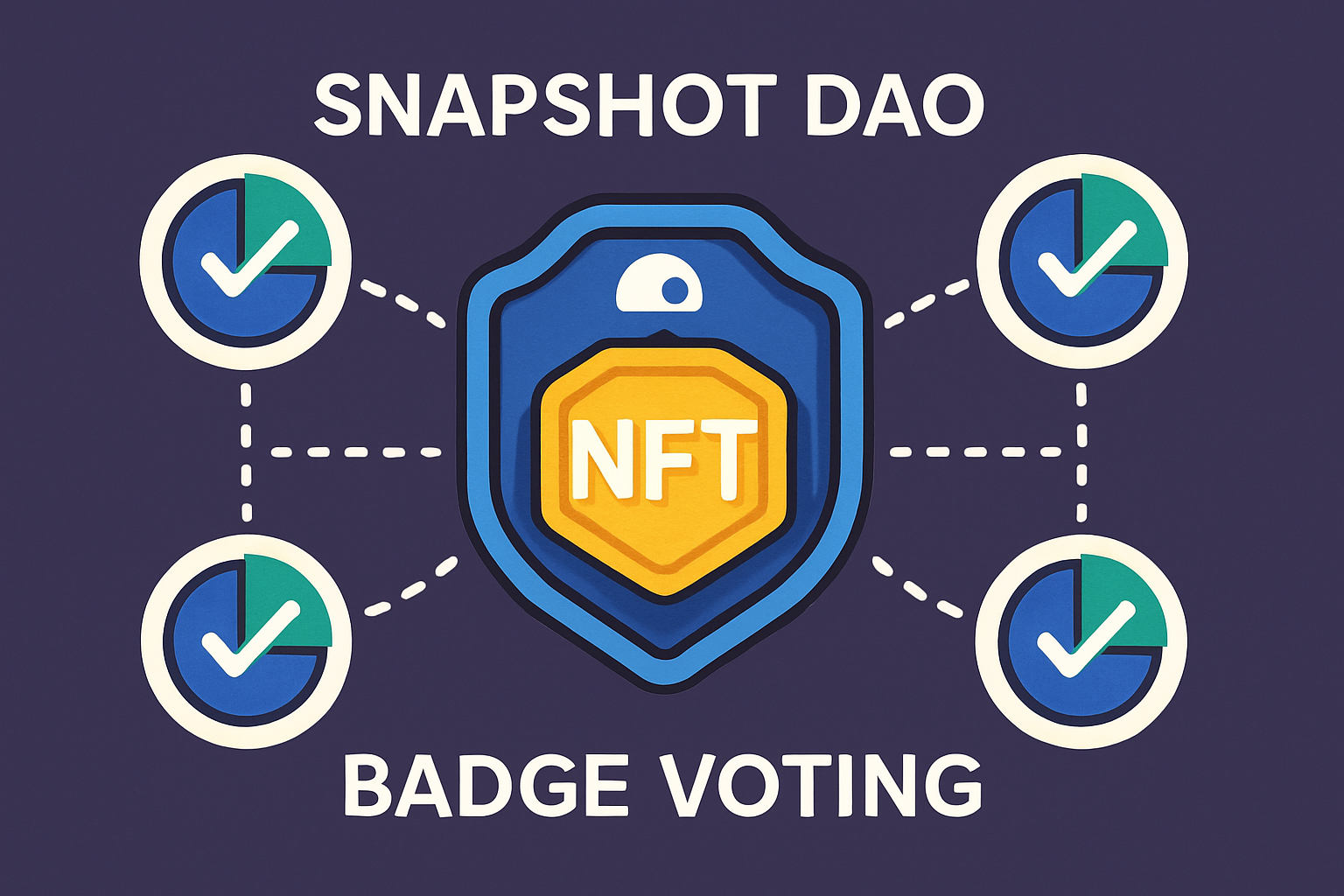
Integrating with Voting Platforms: NFT badge ownership can be linked to voting rights on platforms like Snapshot, enabling flexible governance models that go beyond simple token holdings.
- Voting Participation: Members who regularly vote on proposals can earn “Governance Steward” badges, publicly signaling their commitment to decentralized decision-making.
- Project Management: Leaders managing sprints or initiatives receive role-specific badges reflecting their responsibilities.
- Technical Contributions: Developers contributing code are awarded “Core Developer” NFTs, directly linking technical effort to governance clout.
The Mechanics: Assigning Voting Power with NFT Credentials
The true magic happens when DAOs integrate these badges into their governance frameworks. Instead of relying solely on token holdings, which can be gamed or concentrated provides governance NFT badges enable more nuanced voting systems:
- Role-Based Voting: Badges like “Senior Contributor” or “Core Team” can carry extra weight at the ballot box, aligning influence with proven engagement.
- Dynamic Voting Power: Some DAOs deploy dynamic NFTs that upgrade as members contribute more, rewarding active participation with increased voting rights over time.
- NFT-Integrated Voting Platforms: Tools like Snapshot now recognize badge ownership as a basis for voting power. This enables flexible models beyond simple token counts and prevents sybil attacks by tying votes to unique credentials.
Pioneers: Real-World DAOs Leveraging NFT Badges
This isn’t theoretical, forward-thinking communities are already reaping the benefits. Here’s a snapshot of trailblazers in action:
- Gitcoin DAO: Issues “Kudos” NFTs for open-source work; these unlock exclusive events and increased governance privileges.
- Bankless DAO: Tracks member participation via “Bankless Badge” NFTs earned for attending events or supporting proposals.
- DAOBadgeX by DAOBase: Features evolving on-chain reputation badges that grow with each contribution, linking directly to token rewards and enhanced voting power.
If you want a deeper dive into how transparent contributor recognition works in practice, check out our guide on using NFT badges for transparent contributor recognition.
What sets these systems apart is their ability to create a living, verifiable history that is difficult to fake or manipulate. DAO NFT badges aren’t just digital trophies; they’re programmable credentials that can be audited by anyone, anytime. This public ledger of achievement is a powerful motivator, pushing members to stay engaged and contribute meaningfully, knowing their efforts are both recognized and rewarded in real time.
Consider the impact on decentralized decision making. By tying voting power to actual participation rather than simple token ownership, DAOs can mitigate plutocracy and foster a more meritocratic environment. Members who consistently show up, voting, building, moderating, see their influence grow organically through badge progression. This approach also thwarts sybil attacks by ensuring every vote is anchored to a unique, non-transferable identity.
Beyond Badges: NFTs as Social and Governance Capital
The ripple effects go further than just voting rights. NFT governance transparency means any DAO member, or even an outside observer, can instantly verify who’s driving the community forward. Badges become social currency: unlocking access to gated channels, exclusive events, or special project teams. For contributors seeking reputation across multiple DAOs, badges act as portable credentials, a visual resume of decentralized impact.
This transparency also helps DAOs attract new talent. When newcomers see clear pathways for recognition and influence, documented on-chain, they’re more likely to get involved. It’s not just about earning tokens; it’s about building lasting reputation in the ecosystem.
Action Steps: Implementing NFT Badge Systems in Your DAO
Steps to Launch an NFT Badge Program for DAOs
-
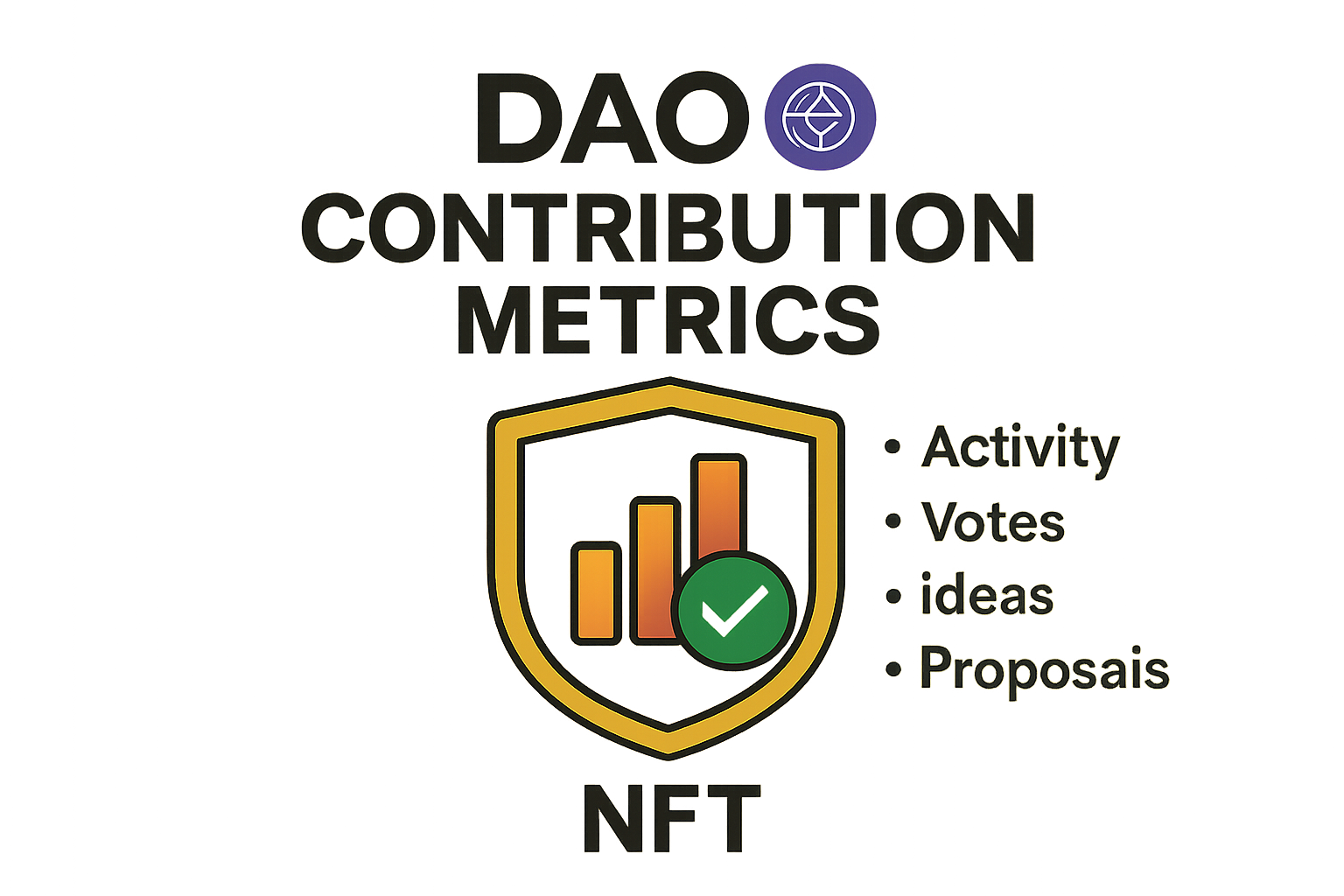
Define Contribution Metrics and Badge Criteria: Clearly outline what actions or achievements will be recognized (e.g., governance participation, project leadership, technical contributions). Establish transparent rules for how members earn each NFT badge.
-
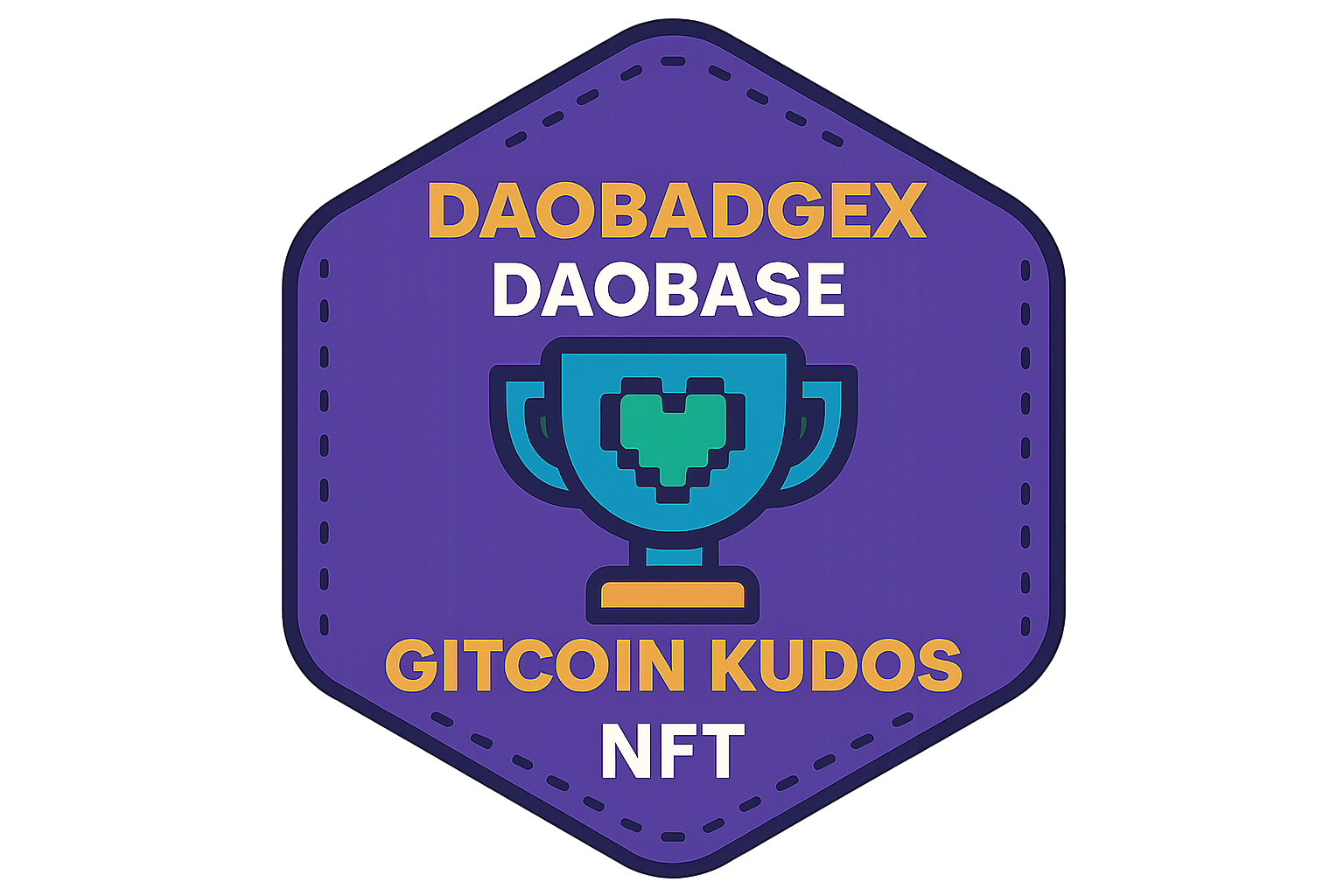
Select a Badge Issuance Platform: Choose a reputable platform such as DAOBadgeX by DAOBase or Gitcoin Kudos to mint and manage NFT badges on-chain. Ensure the platform supports non-transferable (soulbound) NFTs for reputation tracking.
-
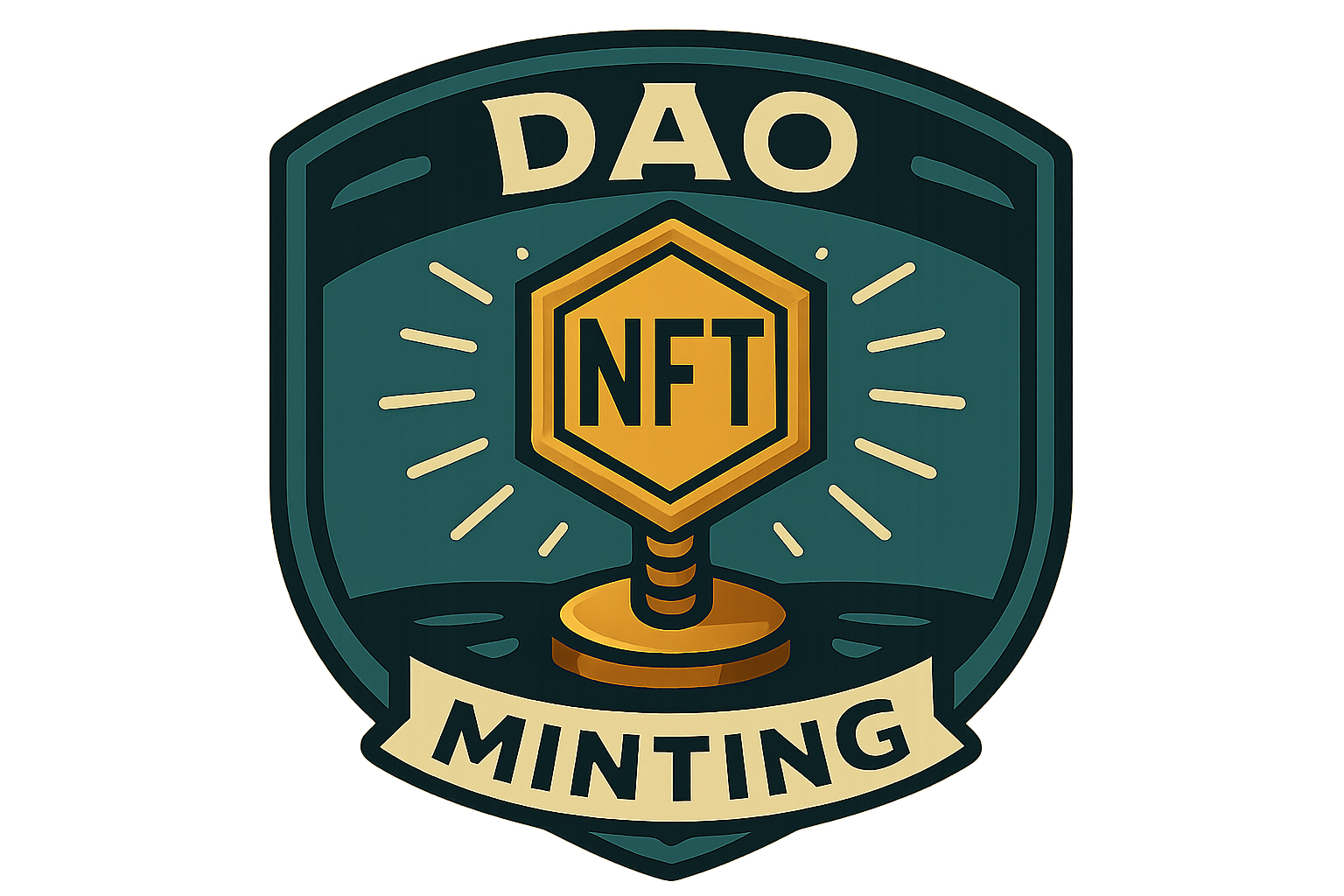
Design and Mint Unique NFT Badges: Collaborate with designers to create visually distinct badge artwork. Mint badges as NFTs with metadata that details the achievement, date, and recipient for verifiability.
-
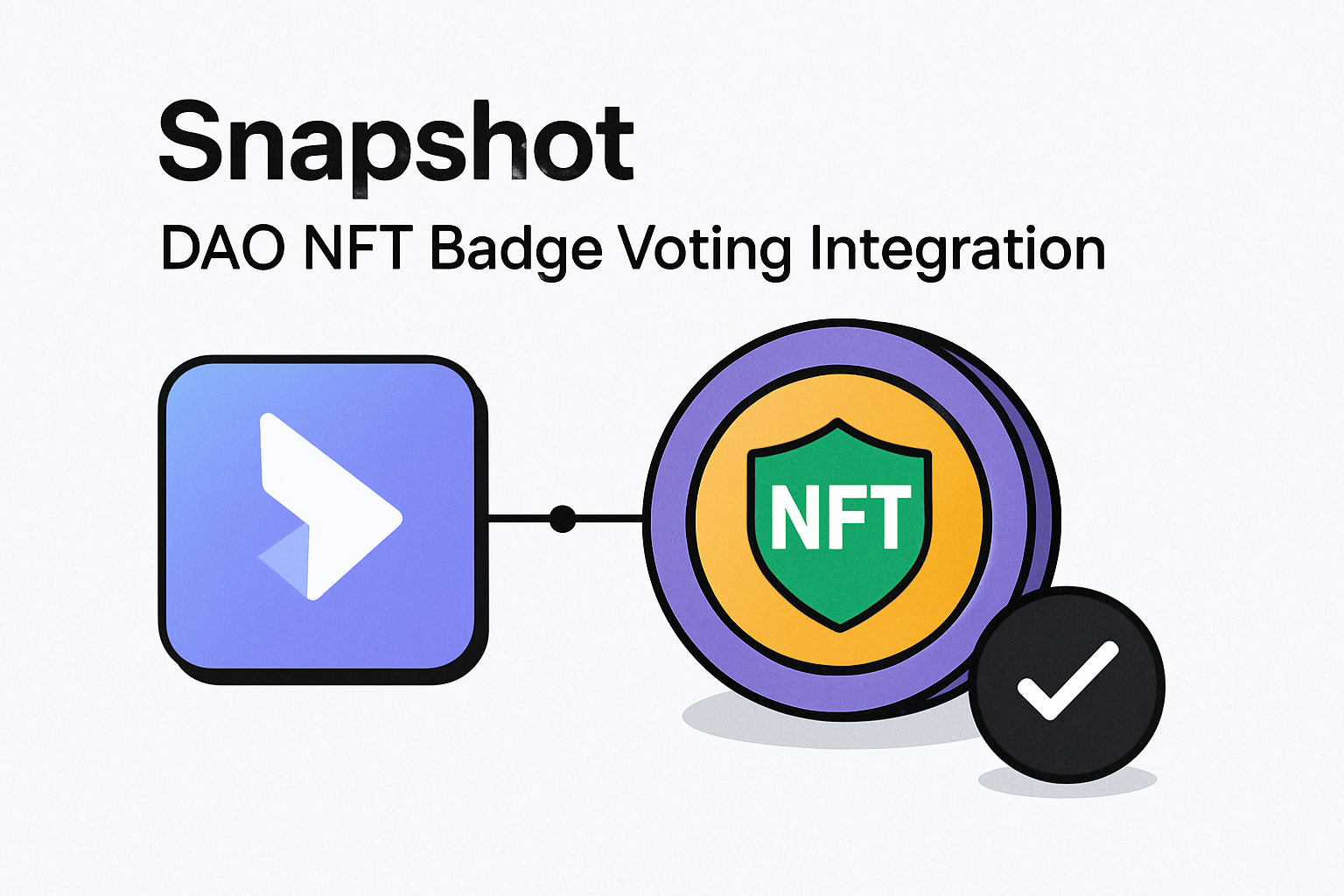
Integrate Badges with Governance Tools: Connect NFT badges to governance platforms like Snapshot to assign voting power based on badge ownership or status. Configure role-based or dynamic voting weights as needed.
-
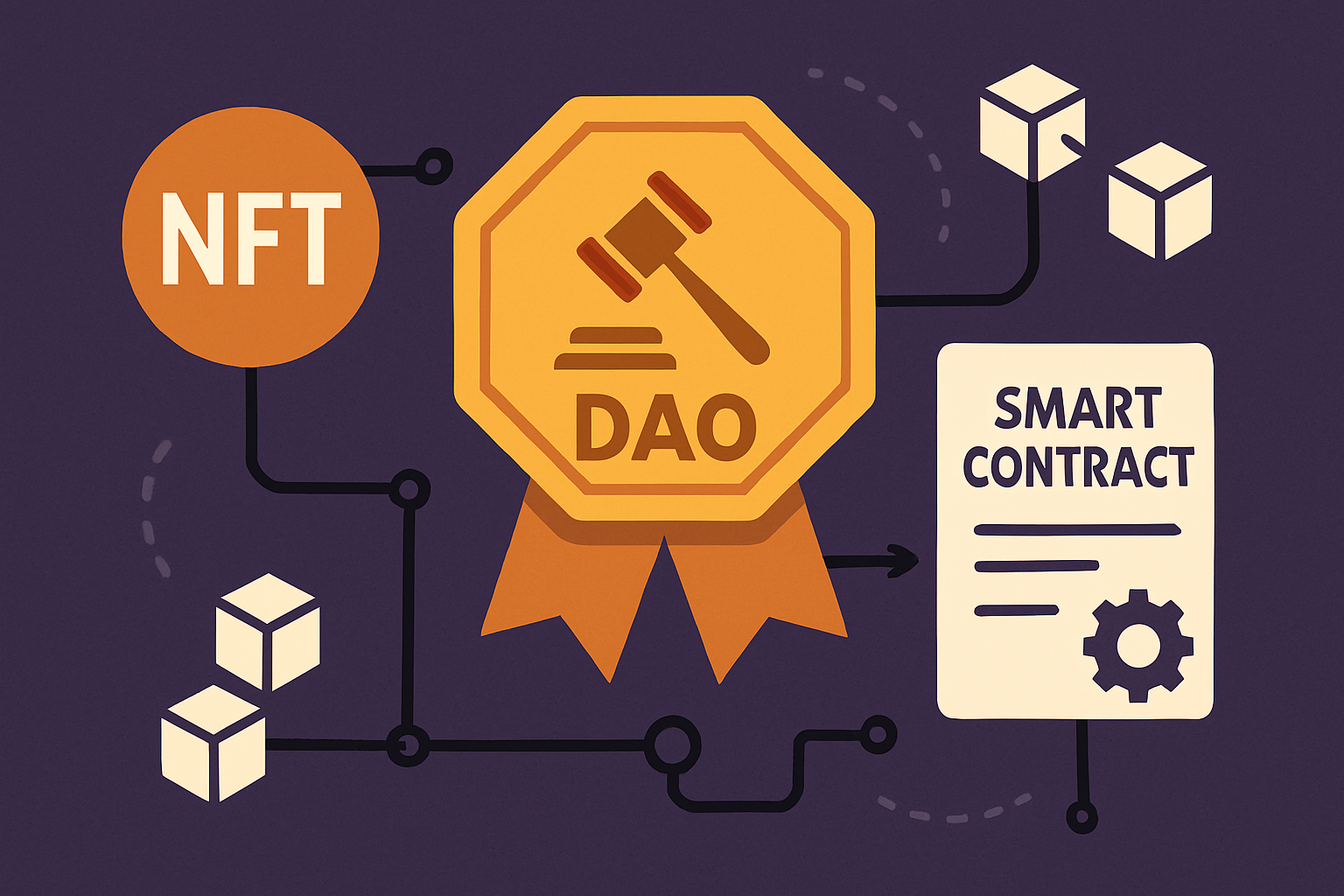
Automate Badge Distribution and Updates: Use smart contracts or automation tools to issue badges in real-time as members meet criteria. For dynamic badges, ensure ongoing participation triggers automatic upgrades or changes to voting power.
-
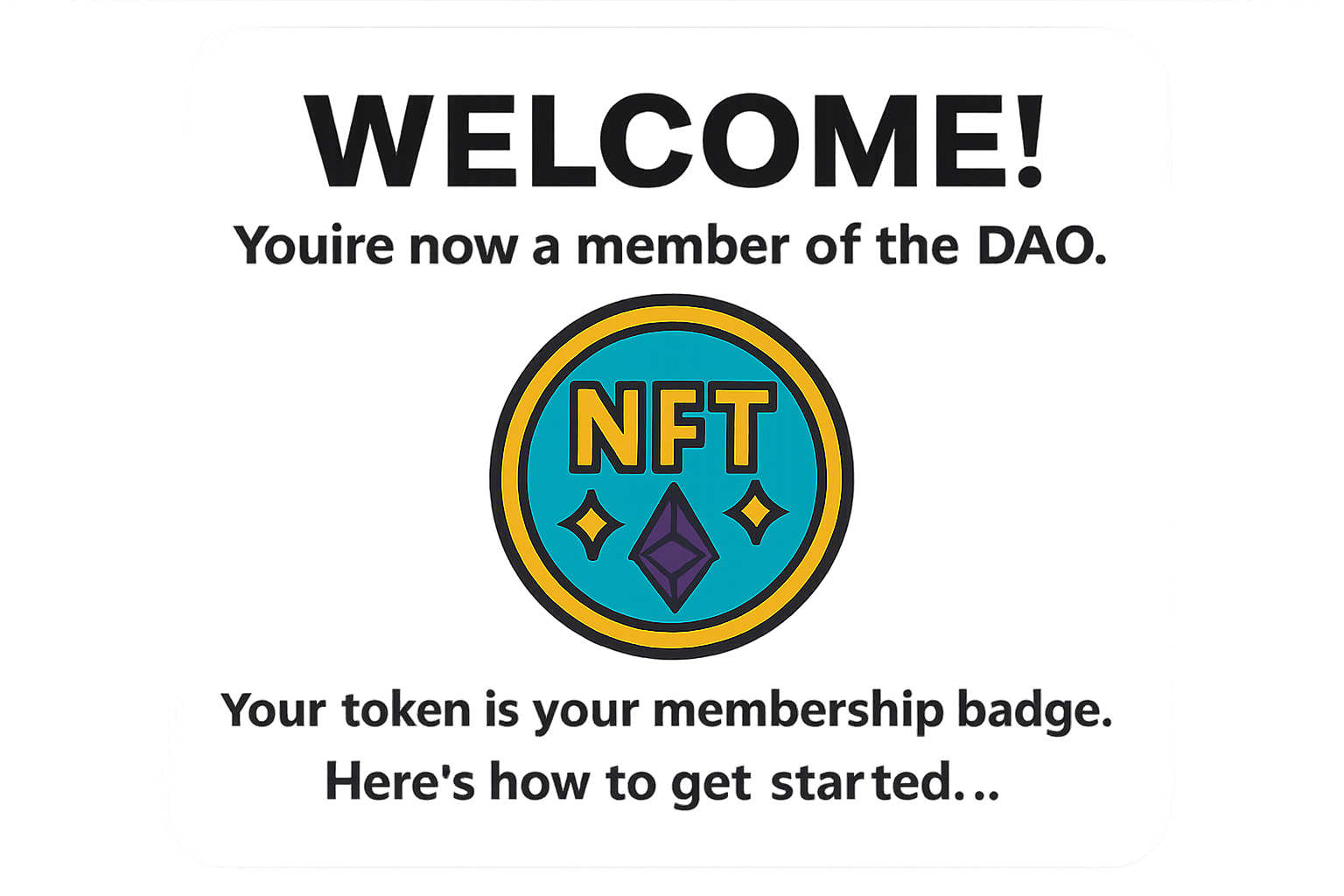
Communicate and Onboard Members: Launch an internal campaign to educate members about the badge program, how to earn badges, and how badges impact voting rights. Provide clear guides and support channels.
If you’re considering launching your own badge system, start by defining what behaviors you want to incentivize. Design badges that reflect your community’s values, be it technical innovation, governance stewardship, or creative outreach, and make sure your issuance process is transparent and auditable. Leverage platforms that integrate with major voting tools like Snapshot for seamless badge-based voting.
For more actionable strategies on boosting member participation with NFTs, explore our resource on how DAOs use NFT badges to boost member participation and voting transparency.
The future of decentralized governance lies in systems where every contribution counts, and where every badge tells a story of meaningful involvement. As DAOs evolve, so too will the creative ways we track reputation and assign power. With NFT badges leading the charge, expect communities that are not only more transparent but also more motivated, and ultimately more effective at achieving their collective goals.
